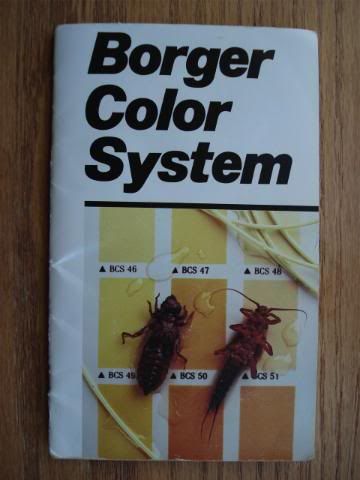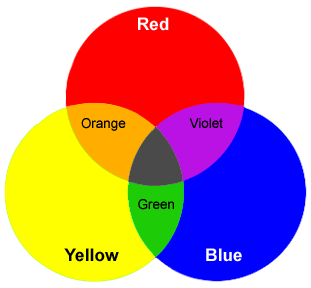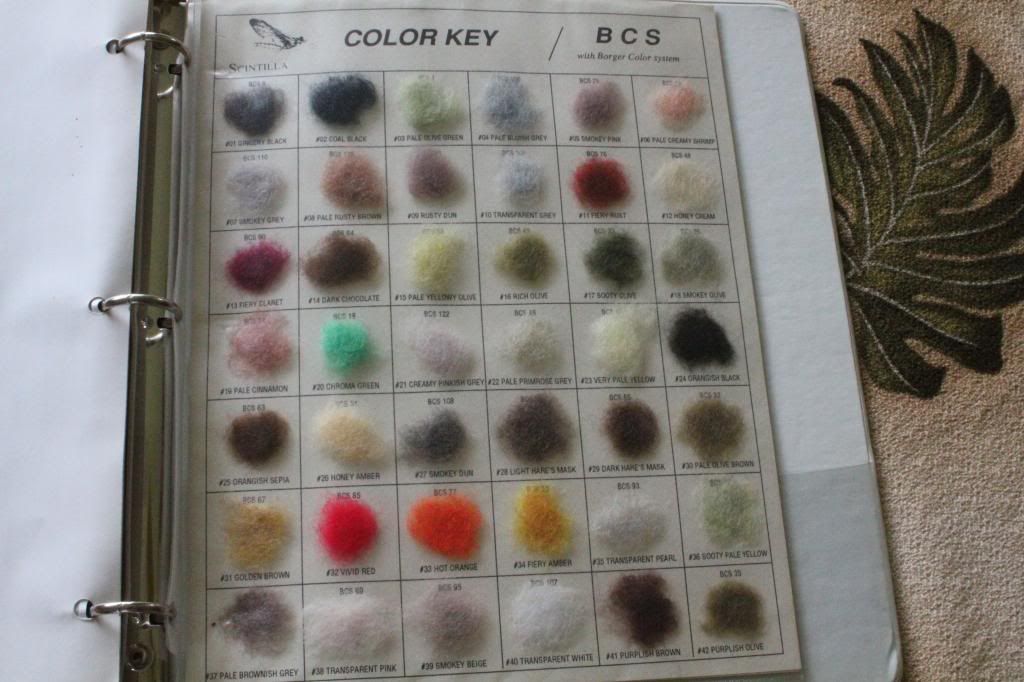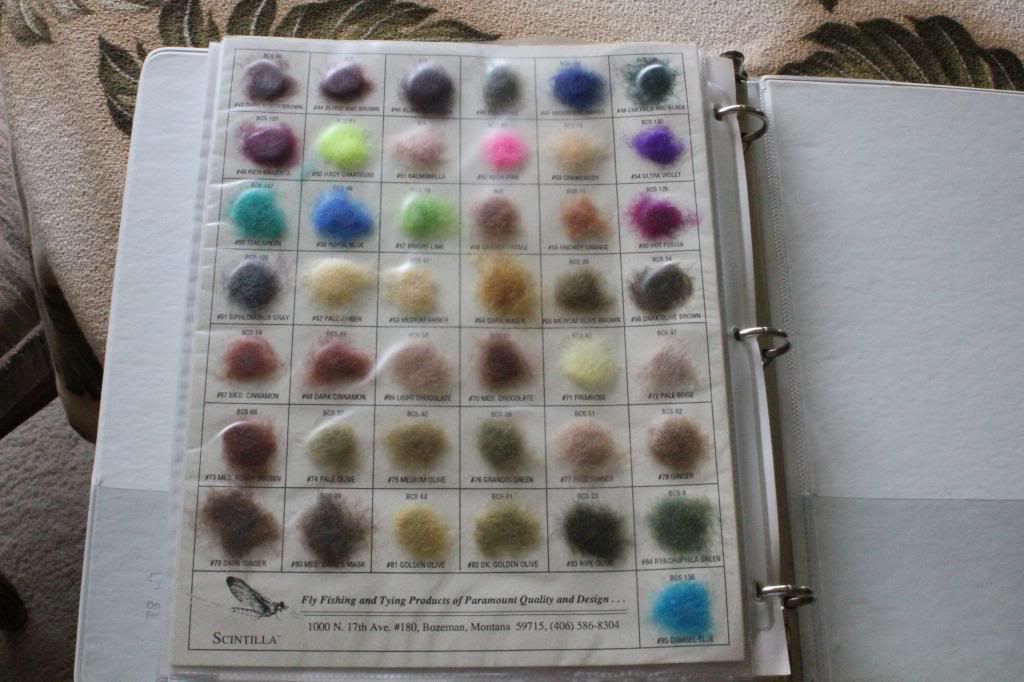OK, I know that the color DUN is grayish brown, something like moldy chocolate, but I'm trying to get
more information on other colors. Why? so that I can identify about 100 fly s that I've accumulated
and never put back in their proper box after using. I'm sure we've all been there.
Somehow I remember a noted author/fly-fisherman publishing a COLOR CHART.
Can someone help me out here, where I could buy one?
Thanks in advance.
richard




 Reply With Quote
Reply With Quote






